Museu Nacional d’Art de Catalunya, Spain (MNAC – National Museum of Catalan)
The Museu Nacional d’Art de Catalunya (MNAC) is located in the Palau National, a neo baroque palace located at the top of Montjuic. The impressive palace fronts a beautiful fountain that drops down into the Placa d’Espana with its regal and classical presence.
The palace was originally used as the Spanish pavilion during the 1929 World Exposition Fair held in Barcelona. The palace was retrofitted into the national museum after extensive renovation and finally opened in 1997. Housing over 260,000 works of art covering paintings, sculpture and other art collections, this is the most important museum of Catalunya art in Barcelona.
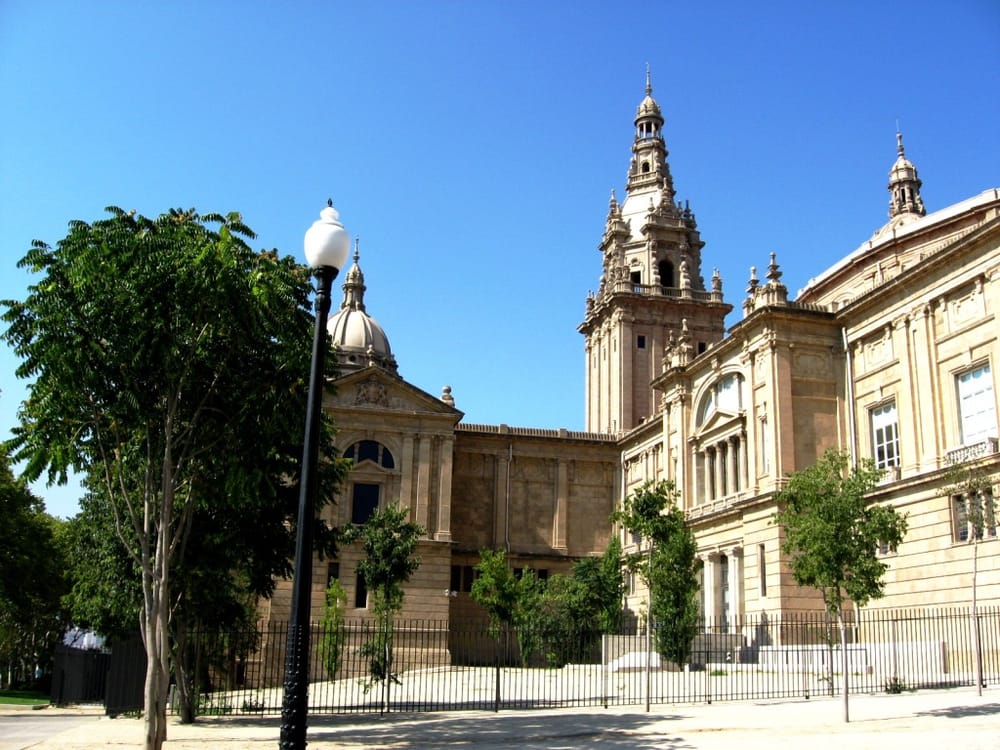
A brief history of the MNAC
The Museu National d’Art de Catalunya was founded in 1990 and this was done by merging the Museu d’Art de Catalunya and the Museu d’Art Modern. This makes the MNAC the most important collection of Catalan art that ranges from 19th to 20th century and covering many different periods and styles from neoclassicism, realism, modernism or Catalan Moderisme or Art Nouveau. Also, it contains many classic artworks spanning the Romantic period, Gothic, Renaissance to Baroque eras.
Housed in the Palau National which is an Italian designed building created for the 1929 World Exposition, the works of the Museu d’Art de Catalunya has been housed here since 1934 and retrofitted in to becoming the national museum in 1990.
The Museu Nacional was renamed and officially inaugurated on December 16, 2004 as the Museu Nacional d’Art de Catalunya.
The museum has the largest collection of Romanesque styled frescoes which came from 29 Romanesque churches from the Pyrenees. The frescoes were saved from being destroyed during the Spanish Civil War and were brought to the museum along with many other sacred objects that were spared being destroyed.
These Romanesque frescoes are true treasures that were discovered at the beginning of the 20th century in many of the crumbling churches in the Pyrenees. They are now located at the MNAC for viewing these unique treasures and worth a visit alone to the MNAC.
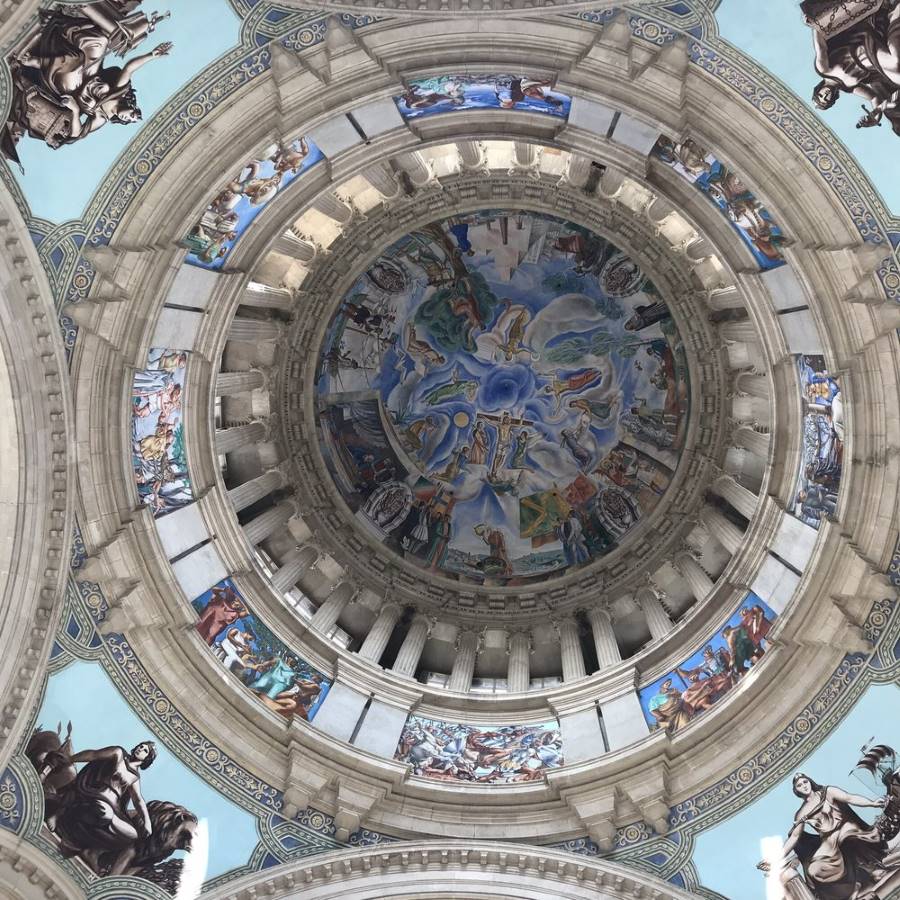
Layout of the MNAC
With more than 260,000 works of art to explore this is the largest and most important museum in Barcelona to visit.
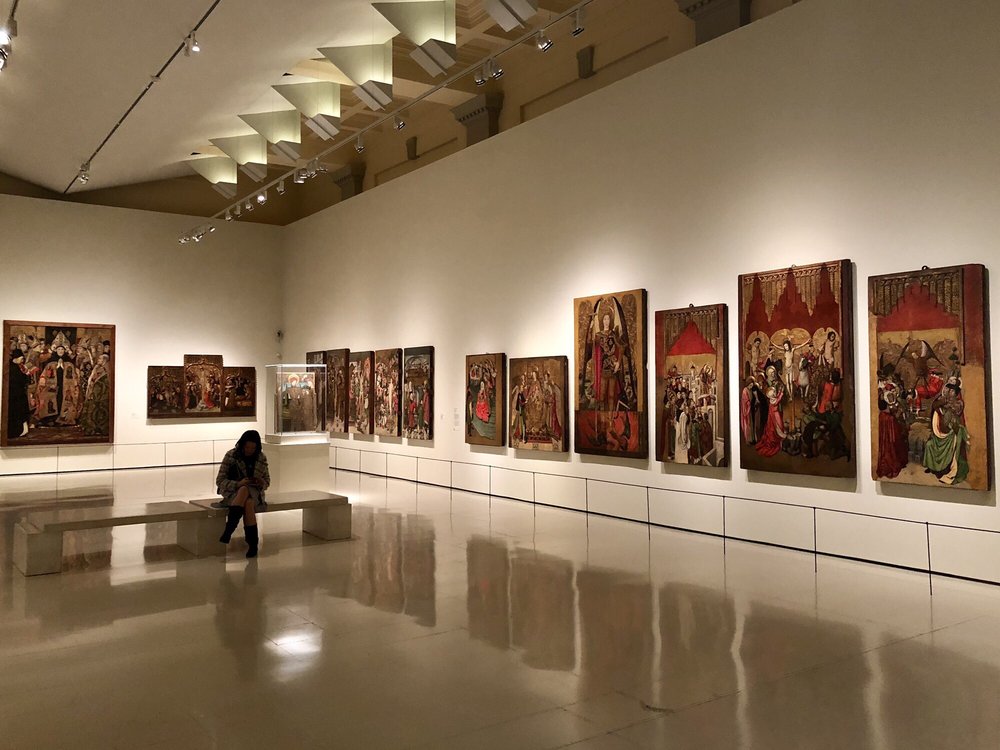
Lower-level galleries
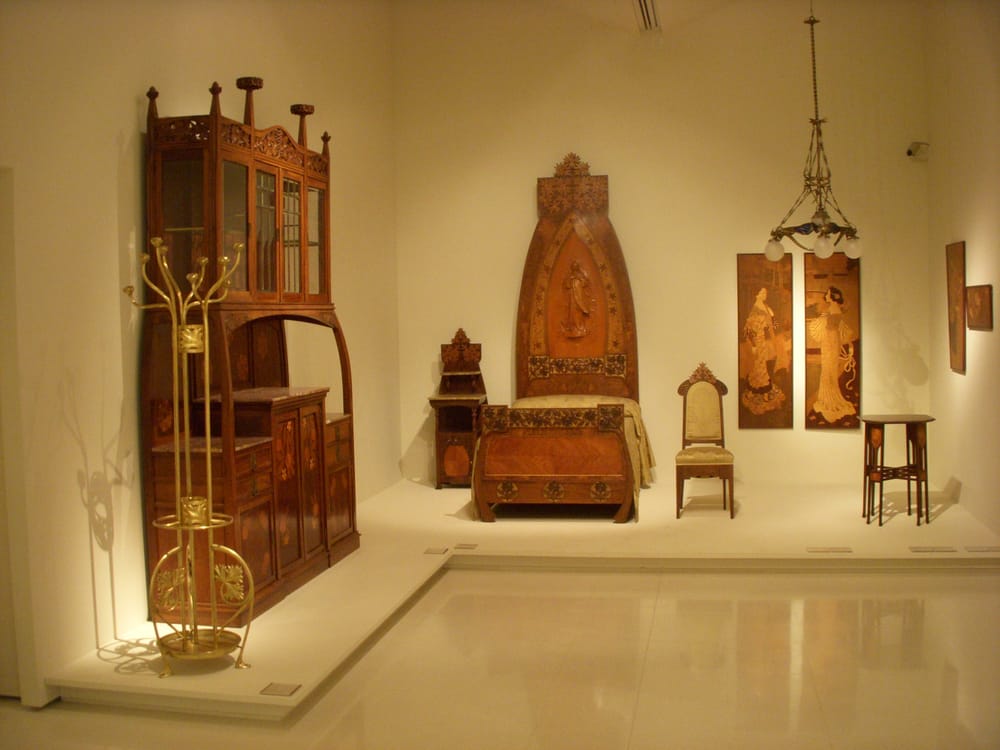
Rotating and new exhibits
These galleries host a wide range of rotating exhibits that are featured at the MNAC included in the past are 2nd generation Modernista paintings like Impressionist painter Maria Pidelaserra and other Modernista section displays that have been collected during that time frame for viewing.
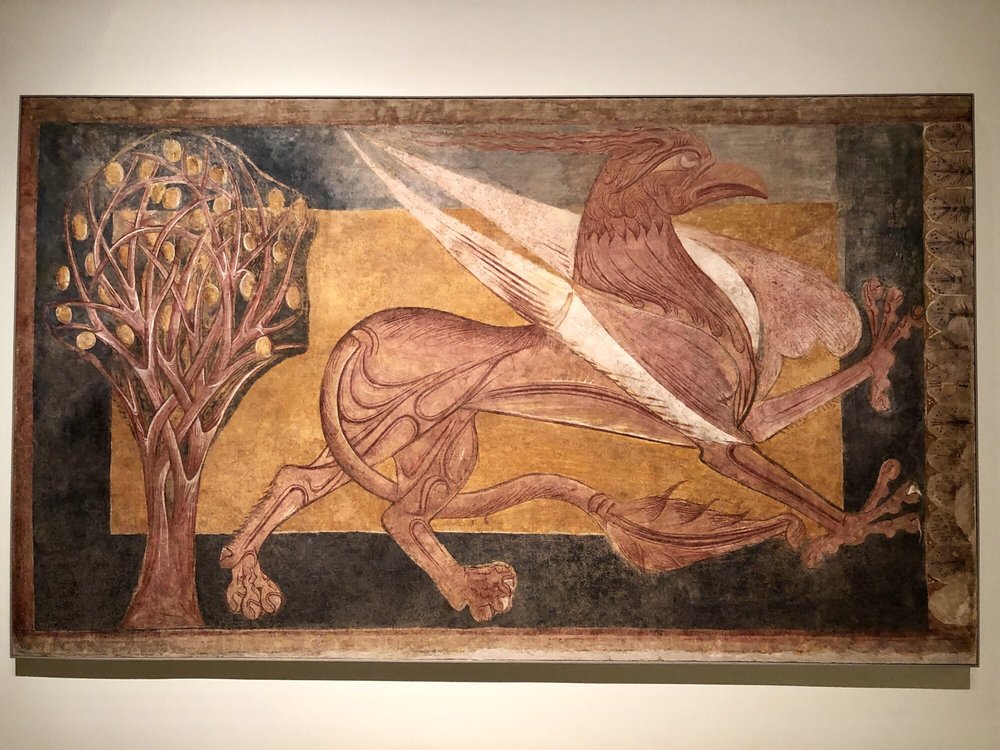
Romanesque Rooms
The Romanesque rooms are one of the most elaborate and art from the Catalan region and encompassing painted panels, wood carvings and the Romanesque murals from the Pyrenees region of the country.
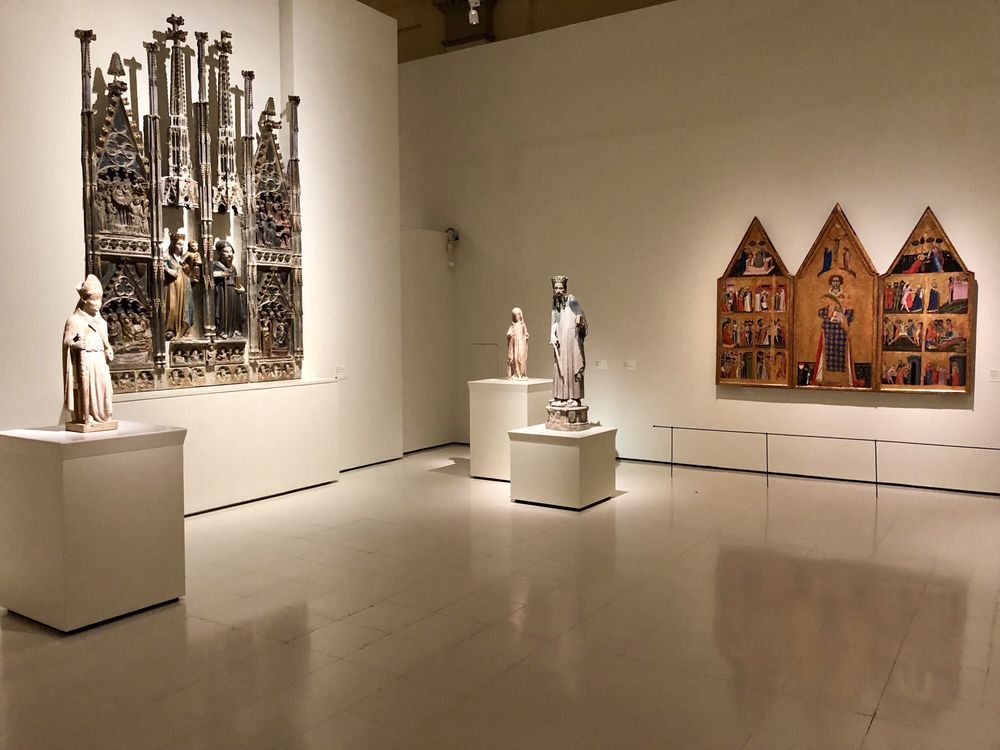
Gothic Art Collection
The MNAC houses an impressive collection of Gothic Art that many of the territories on ancient Aragon and represents Gothic artwork from the areas of Aragon, Valencia and Majorca.
The Gothic rooms showcase artworks from the 13th to the 15th centuries and arranged in chronological order by different schools along with themed sections.
There is other artwork represented from the Catalonia, Castile, Navarre showcasing different mid-century styles from French Gothic to the Italian style periods.
Tip – Take a break from the galleries and go up to the roof for a spectacular view. There’s also a spectacular restaurant in the upstairs galleries that’s worth taking a break and enjoying the views from above.
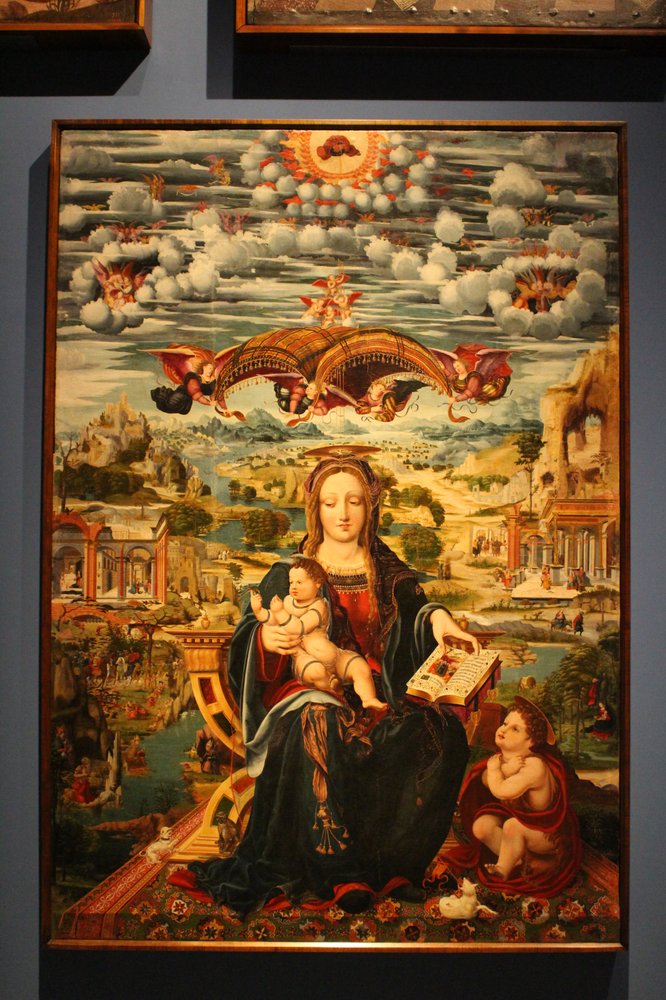
Renaissance and Baroque Art Collection
The Renaissance and Baroque collections span from the 16th to 18th century artworks that were collected throughout different areas of the country and primarily Catalunya. The majority of the works here were surprisingly acquired by private acquisitions and contributions to these galleries. Most of the artwork is religious in theme with panels, triptychs, paintings and sculpture. Works by Spanish masters are on display including: El Greco, Jose de Ribera, Diego Velasquez and Francesco de Zurbaran during Spain’s Golden age of painting in the 17th century.
The Renaissance and Baroque collections comprise of many Catalan artworks along with paintings and artwork from Italian, Flanders and the rest of Spain into the whole of this series of works.
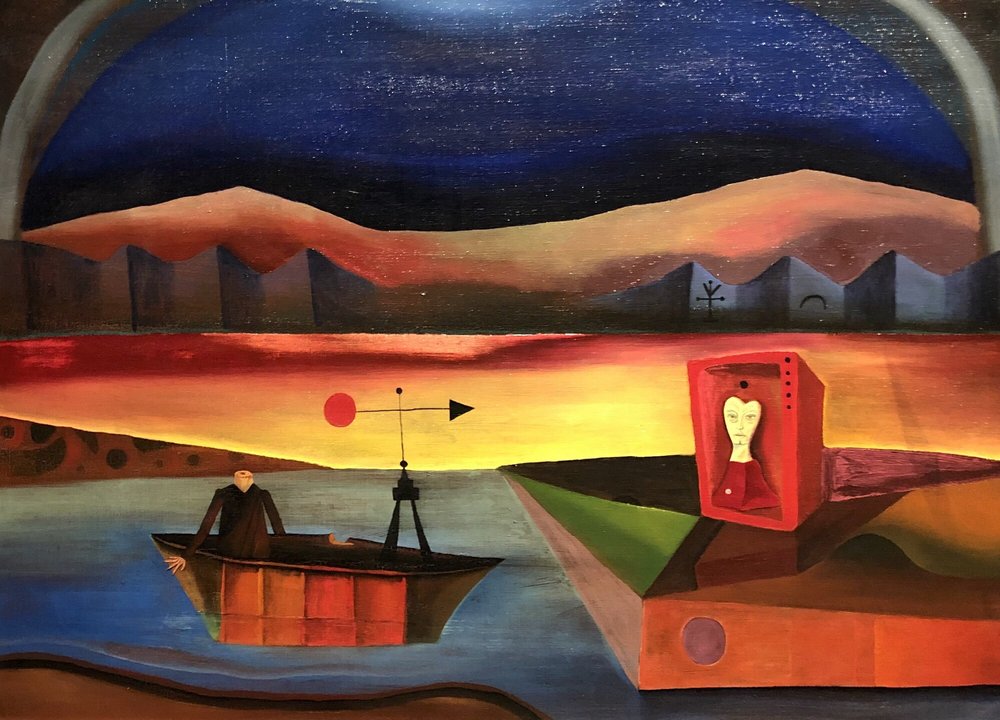
Modern Art Colletions at MNAC
The modern art collection started with a modest collection of contemporary art collected through the 1888 Universal Exposition. This has expanded into acquisitions of modern Catalan art in the 19th century to early 1940s. You’ll find a variety of contemporary Catalan artists well established in this genre incorporating neoclassical, Romantic and realist styles and anecdotal realism. Also, a series of early photographic art featuring different imagery by the modern art collections.
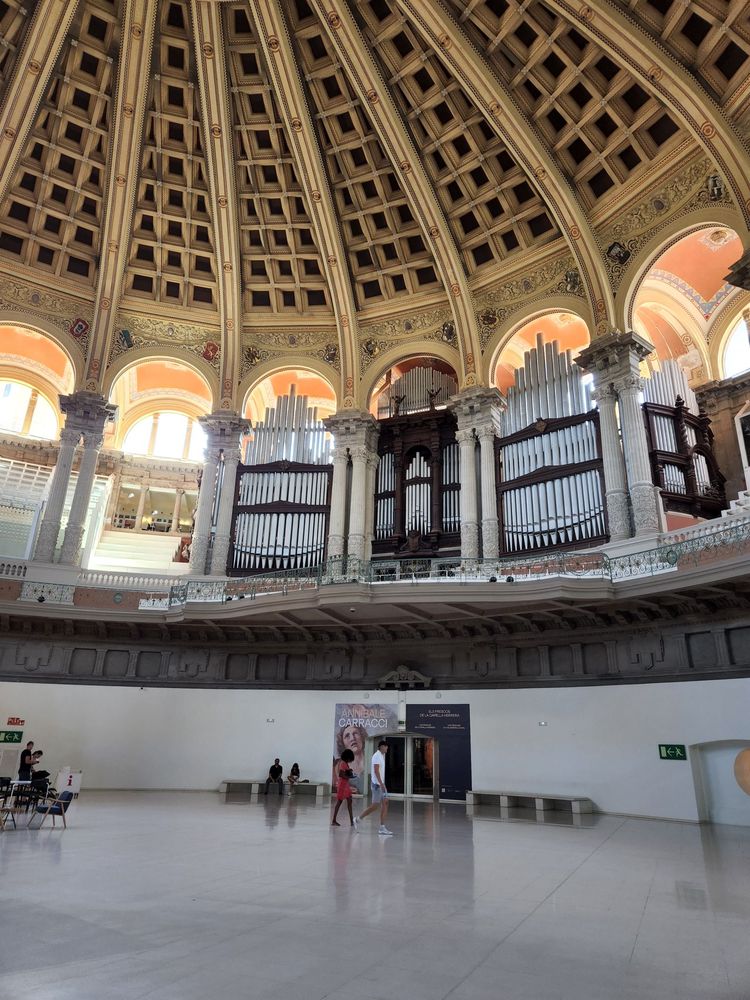
Details to visiting MNAC
Hours
May–Sept Tues–Sat 10am–8pm, Sun/holidays 10am–3pm; Oct–Apr Tues–Sat 10am–6pm, Sun/holidays 10am–3pm
Prices
Admission 12€ adults, 8€ seniors and ages 15 and under; free to all Sat after 3pm, 1st Sun of month
Transportation Metro: Take the metro to station Espanya and exit to the plaza, the MNAC is located above the plaza with stairs that lead up directly to the entrance.
Visit the main web site here at Museu Nacional d’Art de Catalunya (MNAC)
Phone 93-622-03-76
Other places to explore around Montjuic area
These are attractions around the Montjuic area that is worth visiting if you are already in the area looking for more activities and places to visit.
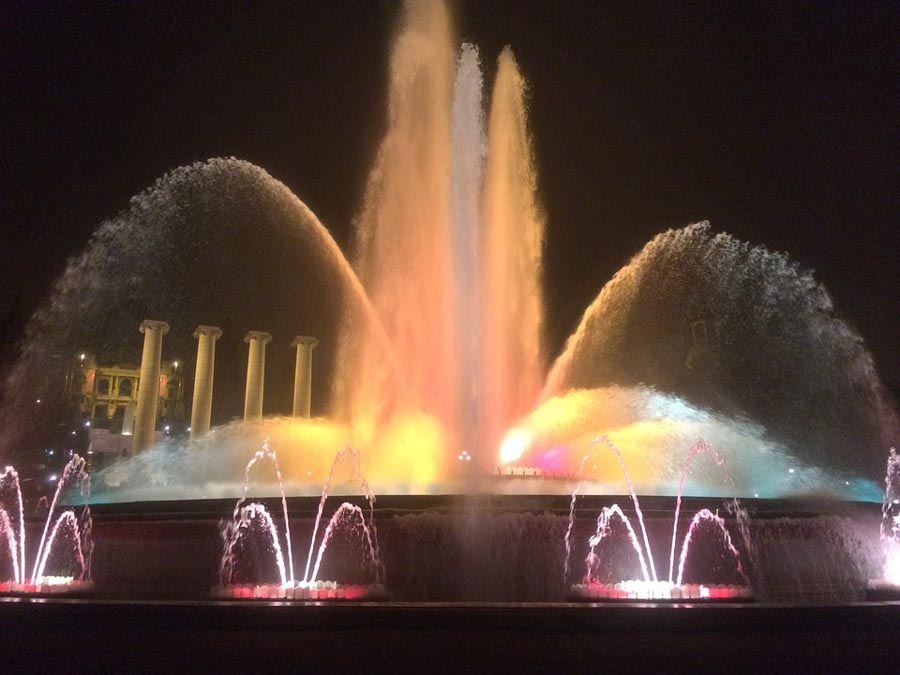
Magic Fountain at Montjuic
Fronting the MNAC at the Placa d’Espana, the Magic Fountain was also created during the 1929 World Exposition as a fabulous water fantasy placa for visitors to enjoy all the classical buildings created. The Magic Fountains were improved to include a light and music add on to create a complete visual and sound experience that is also a free performance.
Check out our post and visit to the The Magic Fountain here for more information and images.
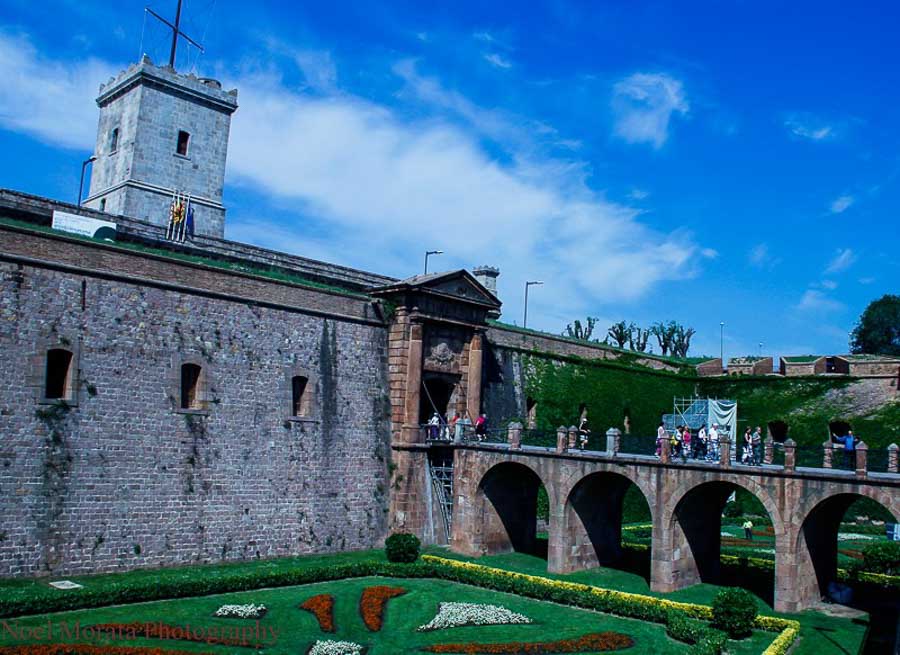
Montjuic Castle – Castell de Montjuic
The Montjuïc Castle sits proudly at the top of Montjuic hill with commanding views of the waterfront area. This old military fortress that has always been linked closely to the city and was an important defense for the city and also used as a military base, prison, torture cell and fortress.
It also has a fantastic observation area with the ramparts showcasing fantastic views over Barcelona. You can either walk up to the Castell or take the cable car or telerific from the waterfront area to Montjuic Castle.
Check out our post and visit to the The Montjuic Castle here for more information and images.
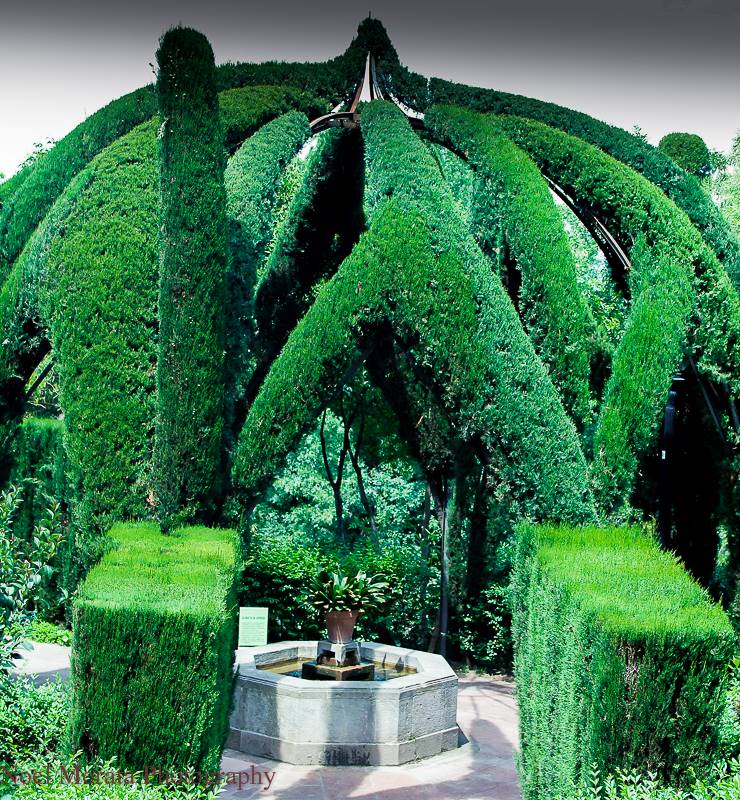
Gardens of Montjuic
It’s fun to be outdoors at Montjuic and after seeing all the impressive museums and landmarks around the hill, a visit to the major gardens is like a breath of fresh air and easy respite from the cultural and historic visits. Here are some of the cool gardens worth visiting up at Montjuic. The three major gardens to enjoy here at Montjuic includes the expansive botanical gardens, Laribal gardens and the Mossen Costa i Llobera garden.
Check out our post on visiting the gardens of Montjuic hill here for more information and images.
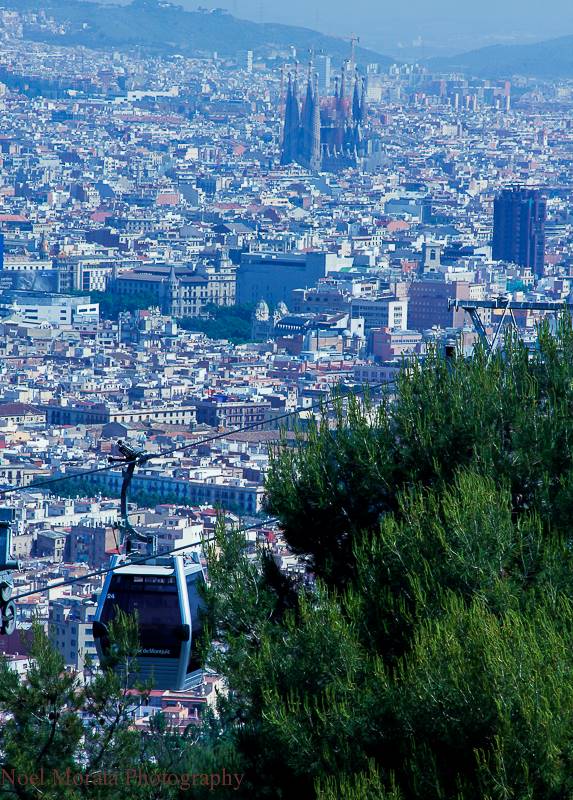
How to get to Montjuic
Montjuic is the second largest mountain in Barcelona and is serviced by busses, the Telerific cable system and taxi or Uber rides to the various attractions you can visit in the park.
Arriving by Teleferic
You can take the teleferic cable ride from the waterfront area directly to Montjuic Castle and enjoy the amazing views along the way to the top of the hill. Check out their website here for information on riding the teleferic to the top of Montjuic hill and castle.
Get there by Metro / walking
You can catch the Metro to Espanya station via red line or green line. Exit station and head out towards the the palace at MNAC area above and climb the stairs to the museum entrance at Montjuic
By Bus
You can take bus number 150 and 13 from Plaza d’Espanya to the top of Montjuic Castle. Also bus 55 and 107 from different areas of the city climb to the top of Montjuic area
Uber / Taxi
You can easily catch a taxi or Uber to quickly get to Montjuic castle or other attractions around the hill of Montjuic
Check out these other posts to explore Barcelona
Traditional Catalan food you should try
Free things to do in Barcelona
15 best viewpoints of Barcelona
Enjoy the Mossen I Llobera garden at Montjuic
Top places to photograph Barcelona
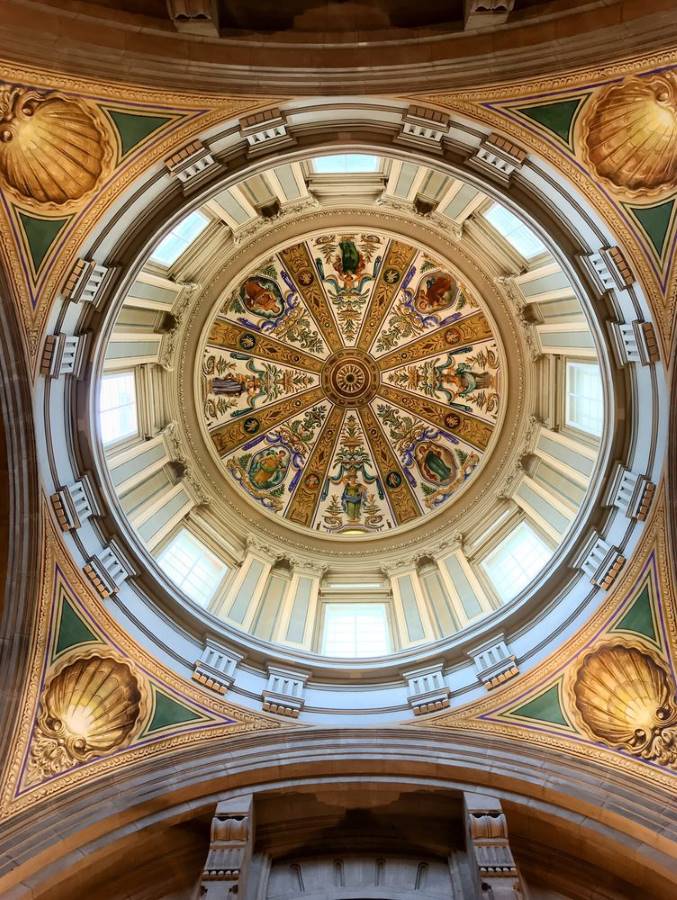
Conclusion to Museu Nacional d’Art de Catalunya
Thanks for checking out this post on visiting Museu Nacional d’Art de Catalunya. Hope the post was informative and a must read article – if so, please do share it with any of the social media buttons around the page.
Disclosure – This article and related articles may have some affiliate links. This means that
we earn a commission from qualified purchases and bookings at no additional costs
to you.
Thank you for supporting the site, if you do.
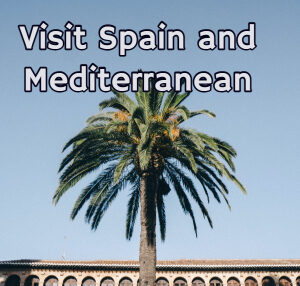
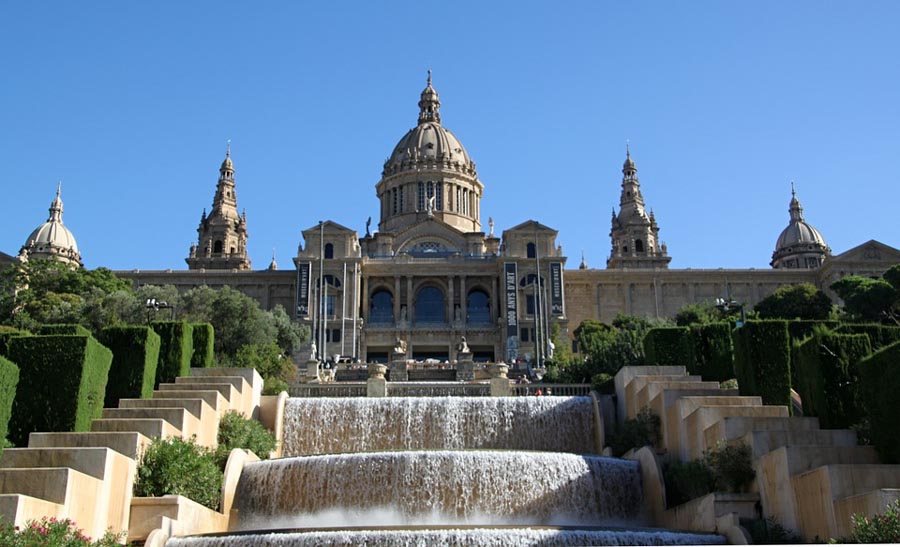
3 thoughts on “Museu Nacional d’Art de Catalunya, Spain”